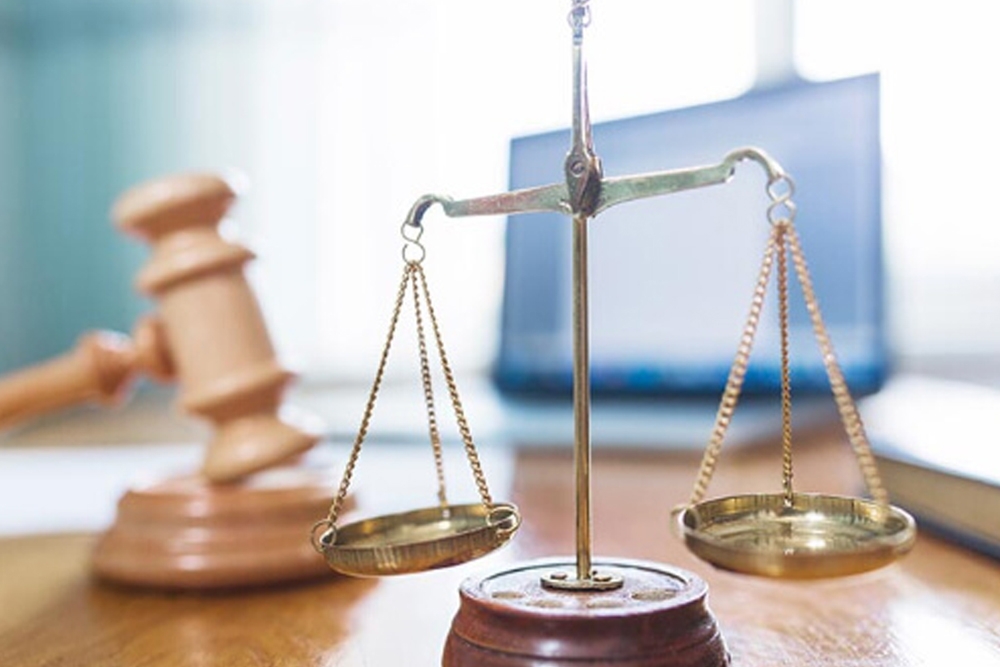Stop Foreclosure with Bankruptcy

Filing a personal bankruptcy case will stop a judicial or nonjudicial foreclosure, whether or not the foreclosure was begun before the bankruptcy. See 11 USC § 362 (a). The only notable exception to the automatic stay is for foreclosures brought by the Secretary of HUD on federally insured mortgages for real estate involving five or more units. See 11 USC § 362 (b)(8).
In order to stop the foreclosure, it must not yet be completed and finalized. In other words, you must still own the property at the time you file bankruptcy. Section 1322(c)(1) states that a debtor may cure and reinstate a home mortgage until the property is sold in a foreclosure sale.
Debtor’s Right of Redemption
After the sheriff’s sale, the debtor has no right to cure a default in a Chapter 13 plan. However, the debtor may have a state statutory right to redeem the property. The debtor’s state right of redemption is separate from an ability to cure a default under §1322. A cure leaves the underlying mortgage intact, allows a debtor to reverse acceleration caused by default, and allows a debtor to repay past due amounts over time while maintaining monthly payments. The right to redeem, on the other hand, does not allow the debtor to reverse acceleration and catch up payments. Rather, the debtor must pay the entire amount the purchaser paid at the foreclosure sale plus interest and costs within a statutory period of time.
Trustee’s Rights in Foreclosed Property
A bankruptcy trustee can undo a foreclosure as a fraudulent transfer if a creditor gets a windfall. See 11 USC § 547 and § 548 (up to 90 days before the bankruptcy filing, or within one year if an “insider” forecloses).
Foreclosure After Bankruptcy
Since the bankruptcy filing immediately triggers the automatic stay, the stay is effective whether or not a creditor is aware of the bankruptcy filing. This means that a foreclosure action must stop, even of the creditor has no knowledge of the court’s injunction! In order to proceed with a foreclosure sale after the bankruptcy case is filed, the creditor needs special permission from the bankruptcy court, called “lifting the stay” or “relief from the automatic stay.” This required notice and an opportunity for a hearing. See Rule 4001 FRBP. For more information on contesting a motion to lift stay.
If you are harmed by a foreclosure intentionally done after your bankruptcy filing, you can “recover actual damages, including costs and attorneys’ fees, and in appropriate circumstances, may recover punitive damages.” See Section 362(k). Bankruptcy judges are not happy with creditors who purposely violate the law. Enough of them have been slapped that most creditors know better.
